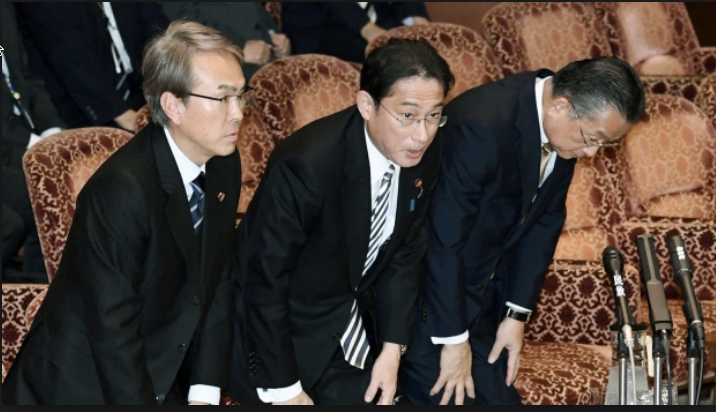TOKYO — When President Trump pulled out of his predecessor’s signature trade deal on his first full weekday in office, the 11 other countries that had negotiated the pact were left wondering if years of work had just gone down the drain.
This week, those countries indicated that they wanted to press ahead with the so-called Trans-Pacific Partnership, or TPP, a sweeping multinational trade agreement that had originally been sold as a way to tether the United States more closely to East Asia and to create an economic bloc capable of standing against an increasingly muscular China.
At a meeting in Hakone, a resort town south of Tokyo, Japan led trade negotiators from the 11 countries — including Australia, Canada, Malaysia and Vietnam — in discussions about reviving rules that would improve labor conditions and increase protections for intellectual property in some countries, while opening more markets to free trade in agricultural products and digital services around the region.




